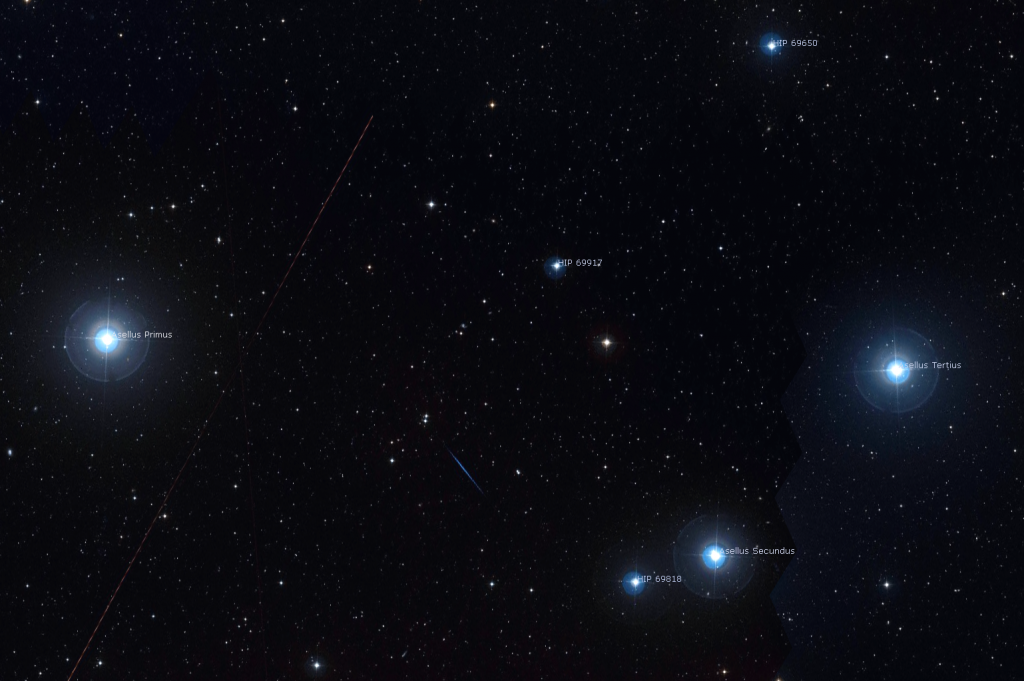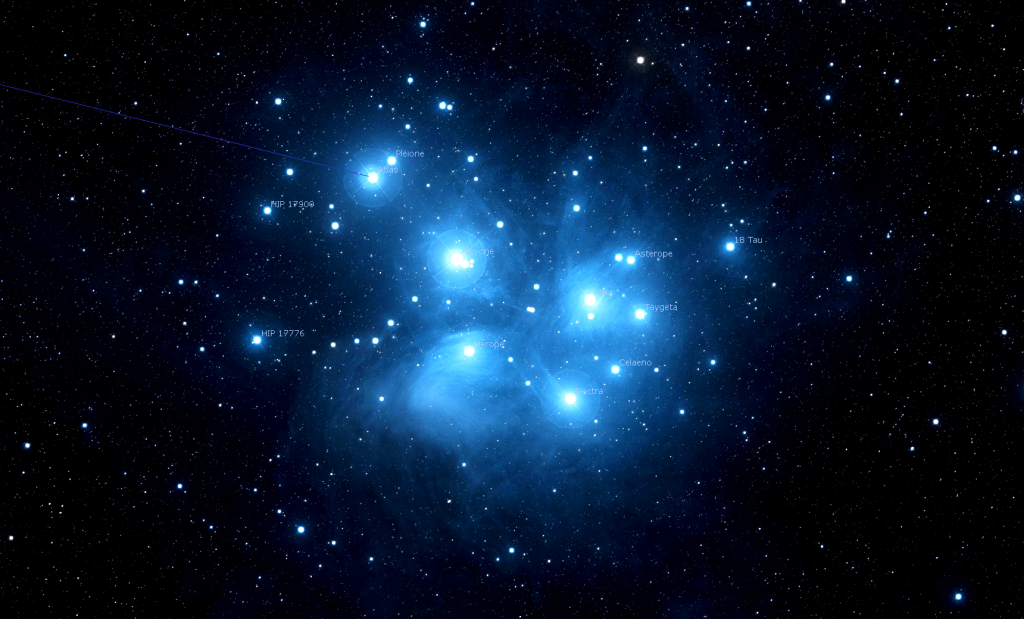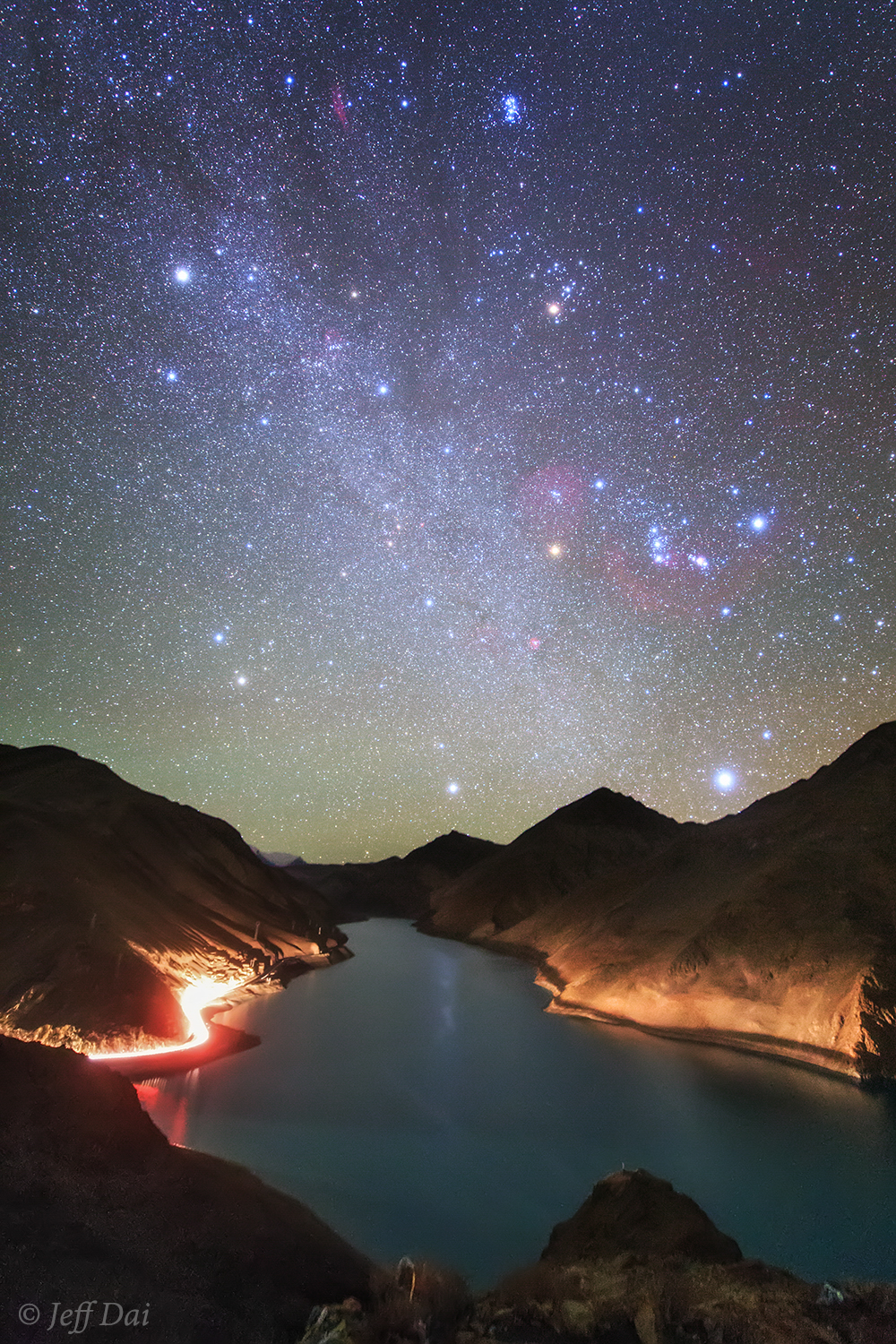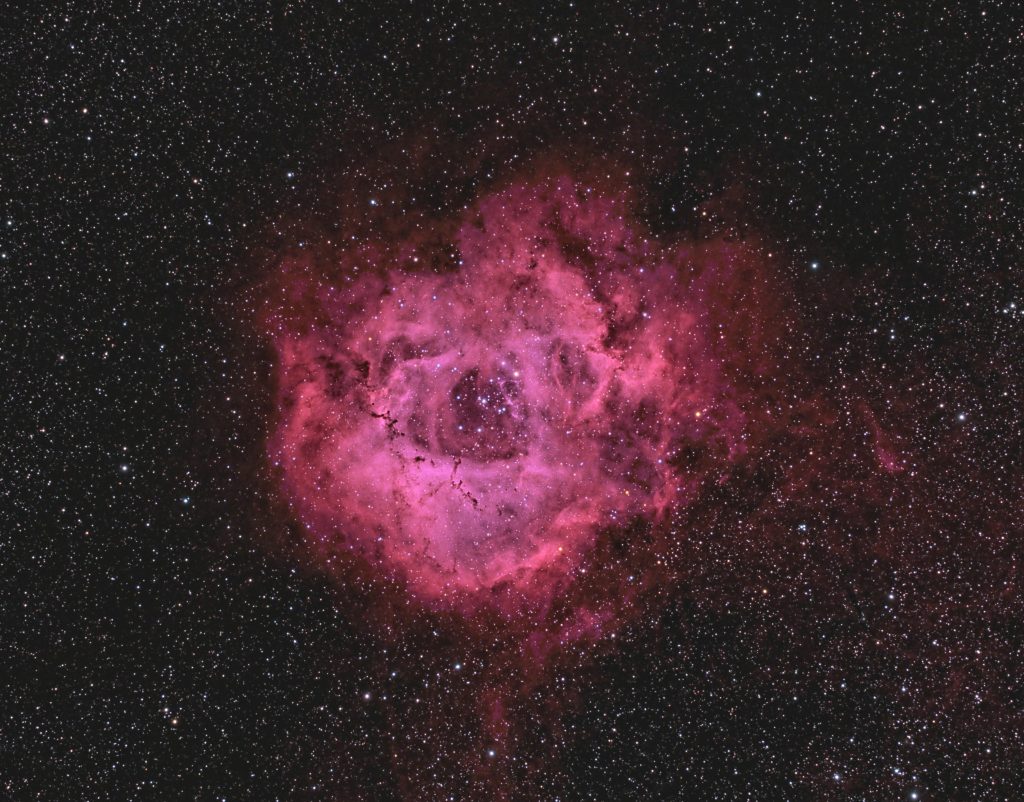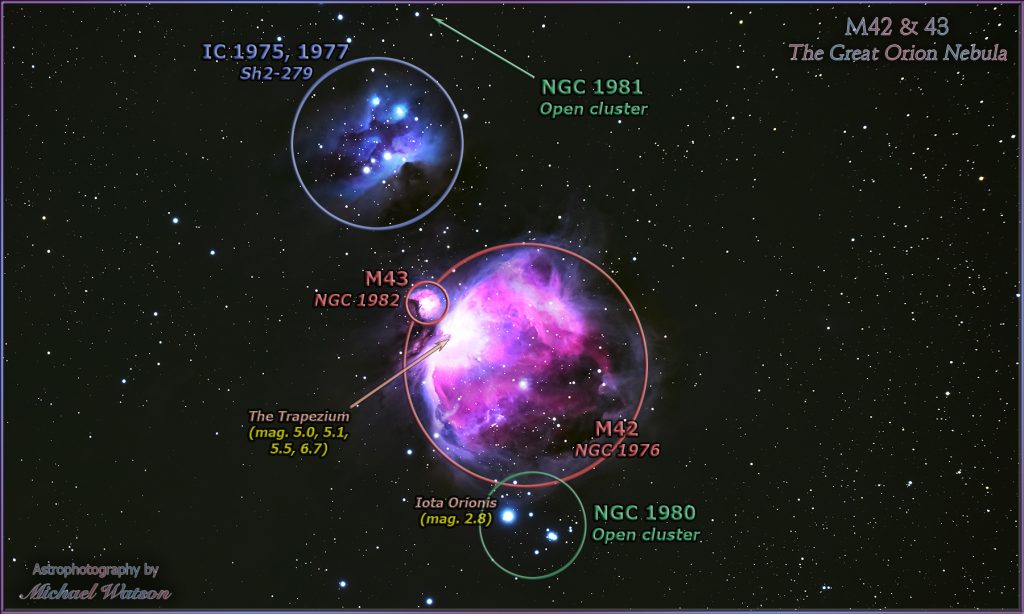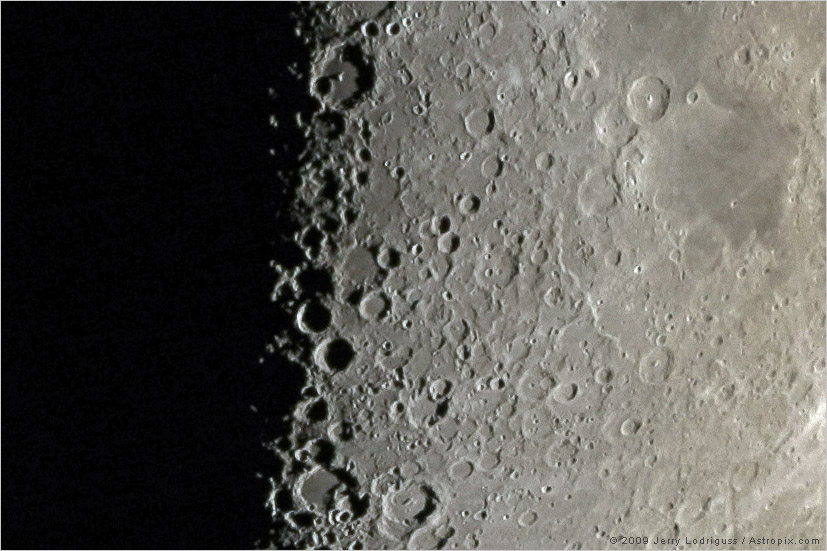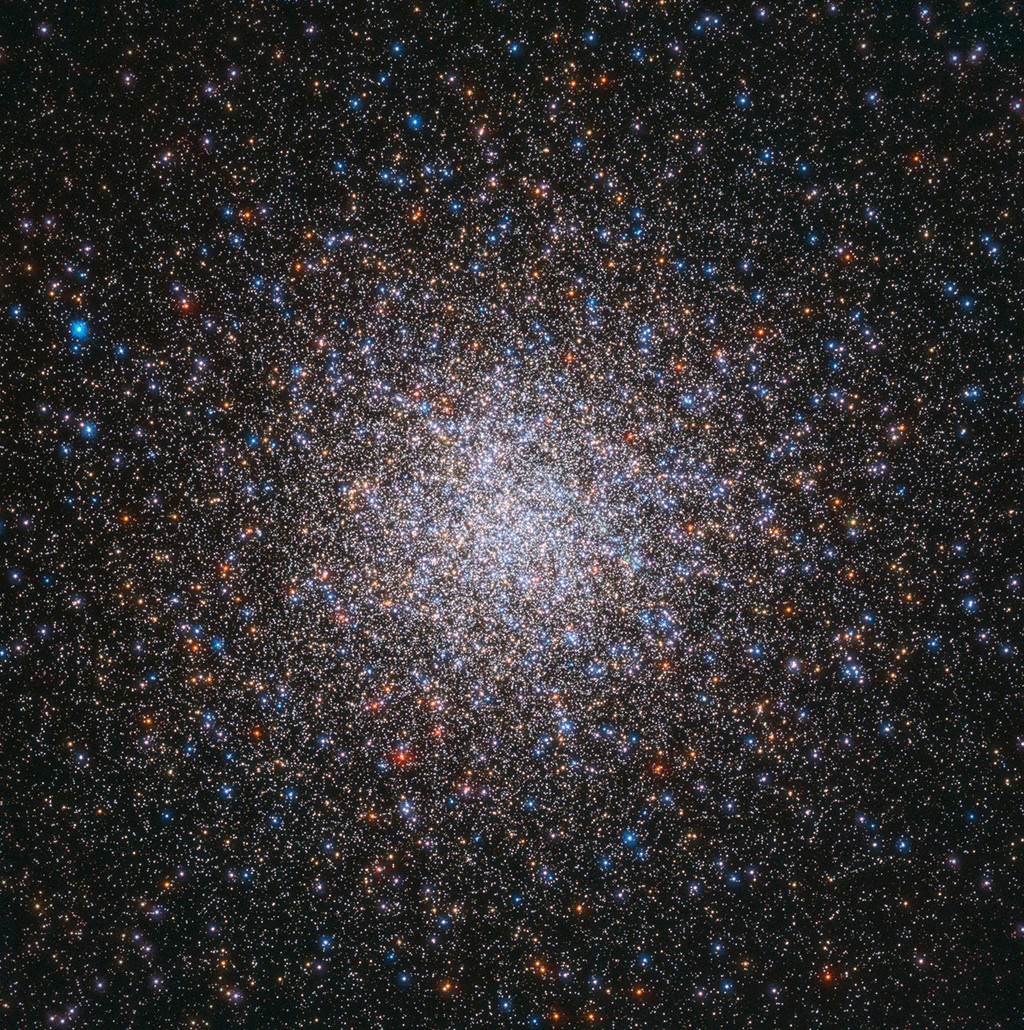The Waning Moon Plays Tag with Planets After Midnight, Leaving Evening Skies Dark for the Treats of Boötes, and Red Mars Buzzes Blue Neptune!
A photograph of the multiple star Asellus in Boötes, from Stellarium’s digital sky survey (DSS). Hello, June Stargazers! Here are your Astronomy Skylights for the week of Jue 7th, 2020 by Chris Vaughan. Feel free to pass this along to your friends and send me your comments, questions, and suggested topics. You can also follow…
Read more
